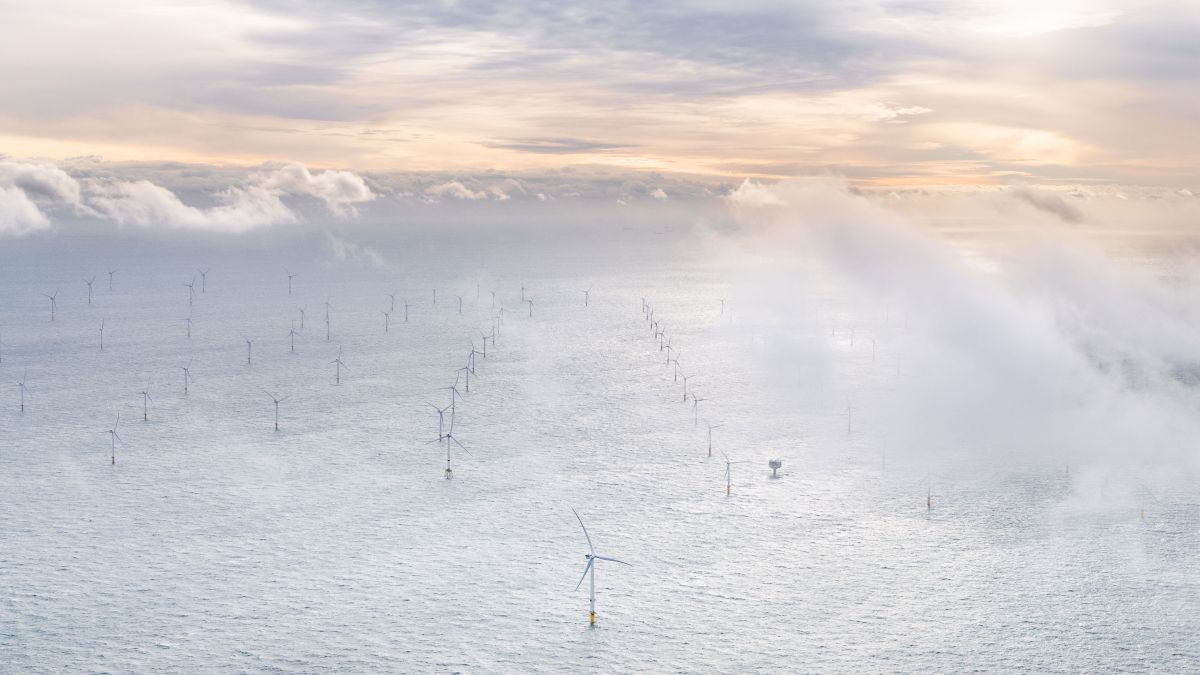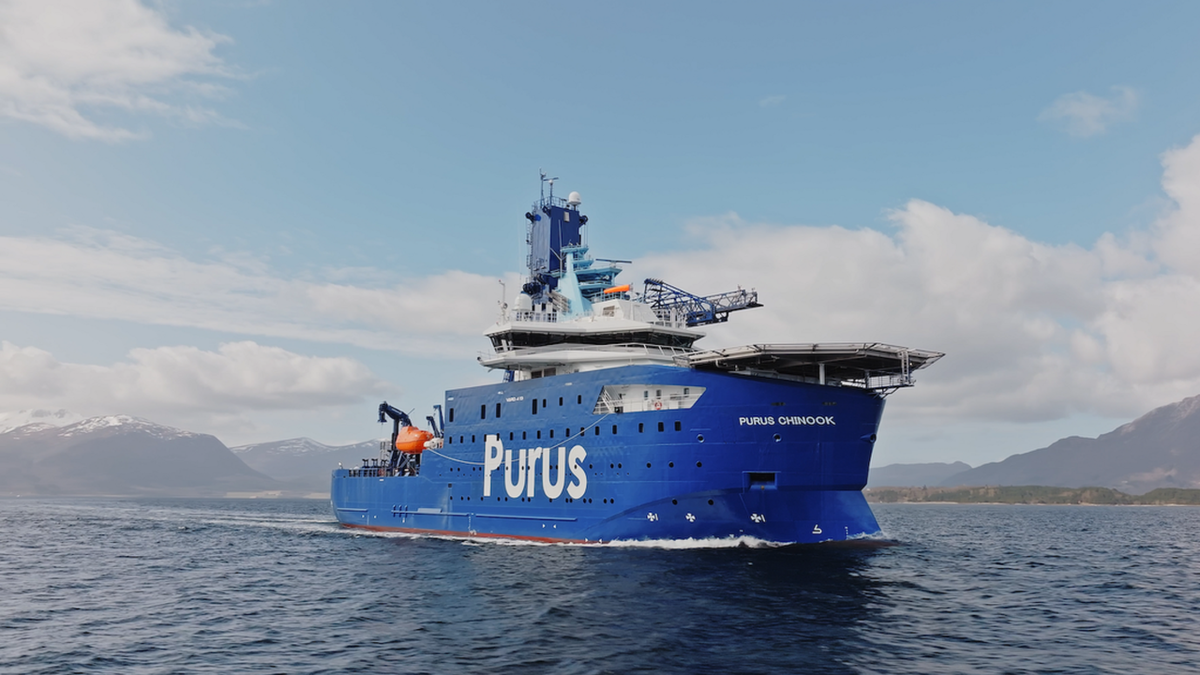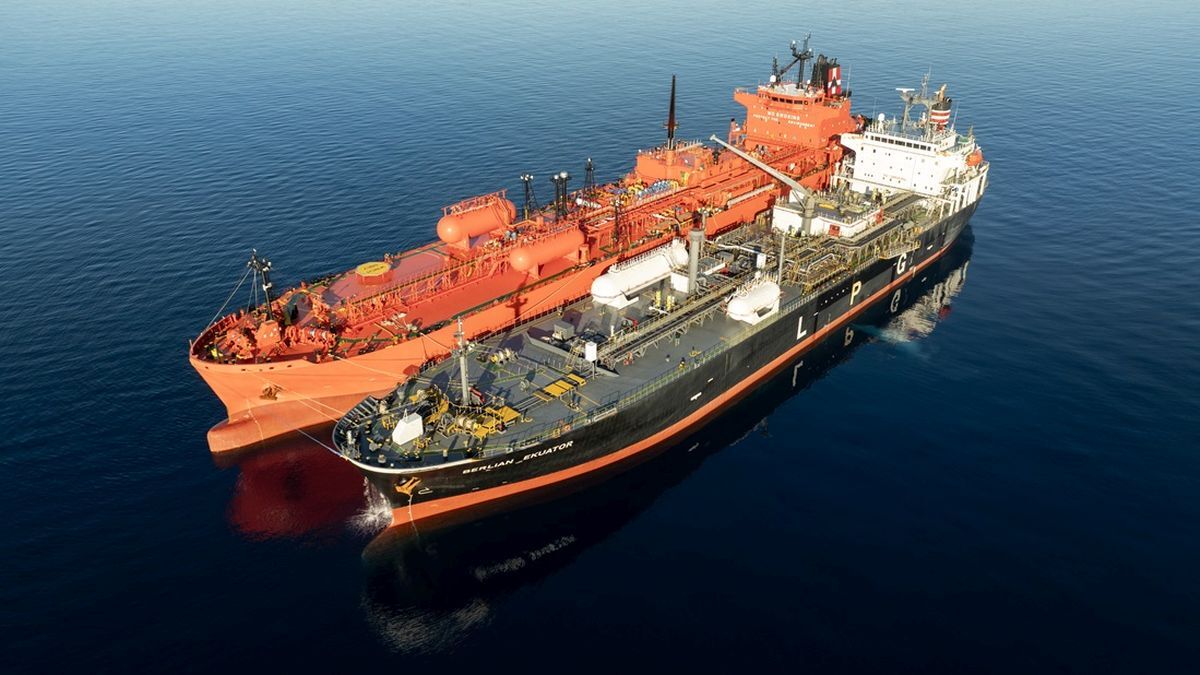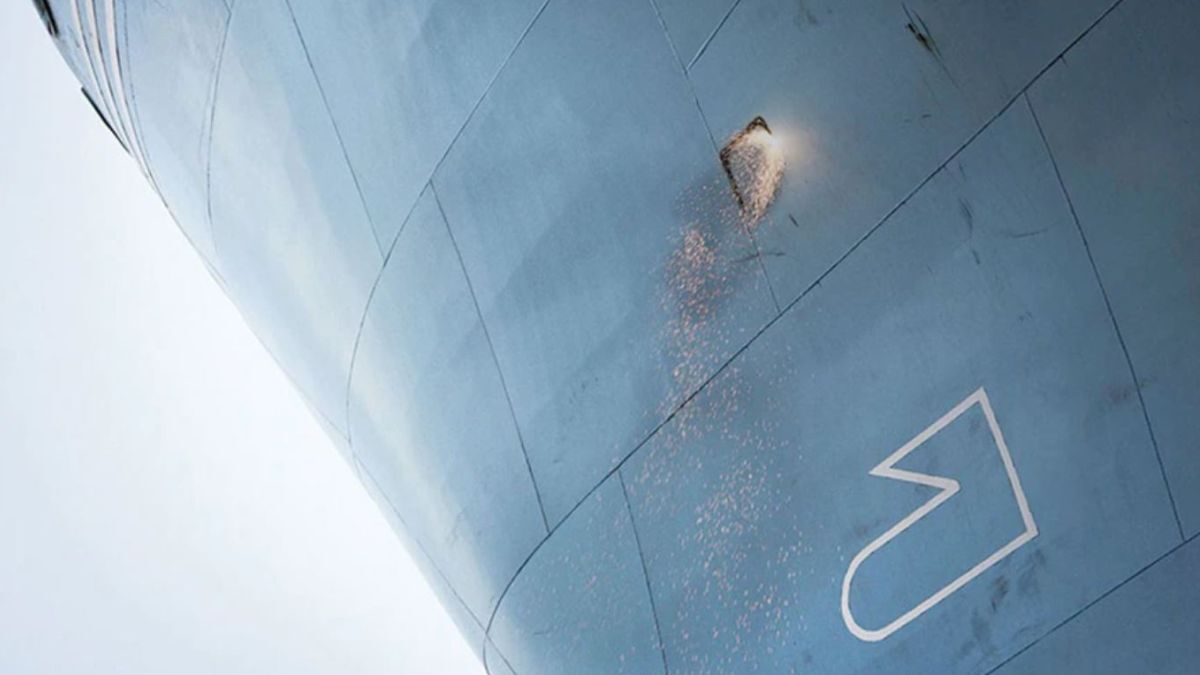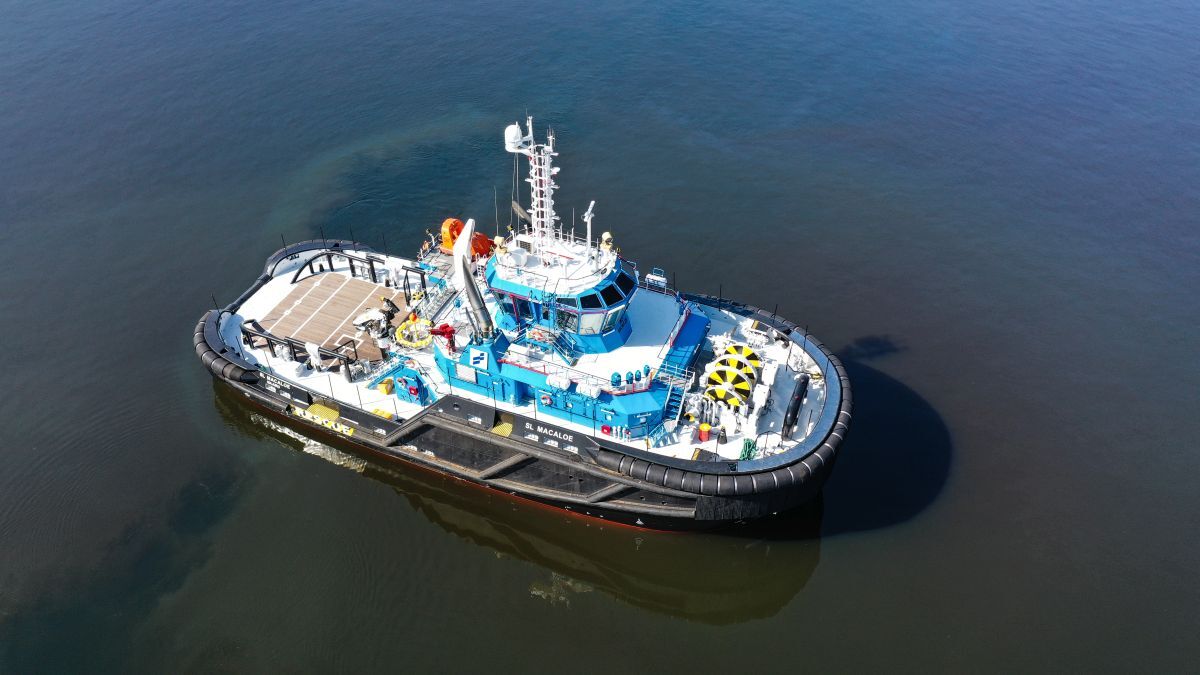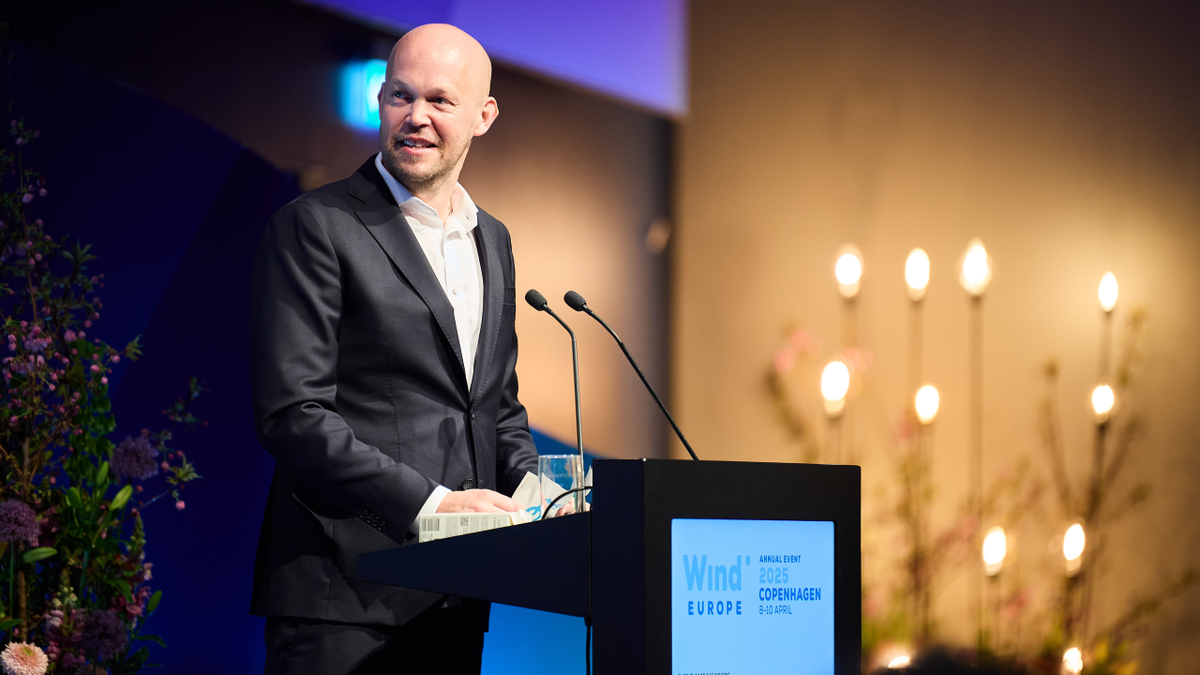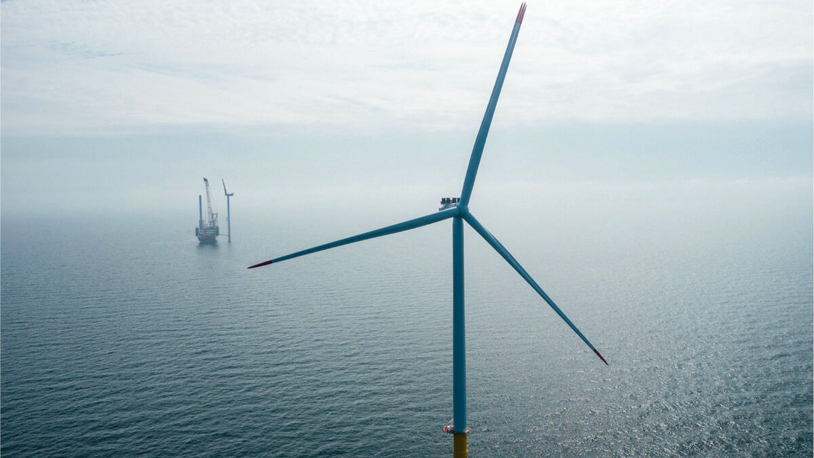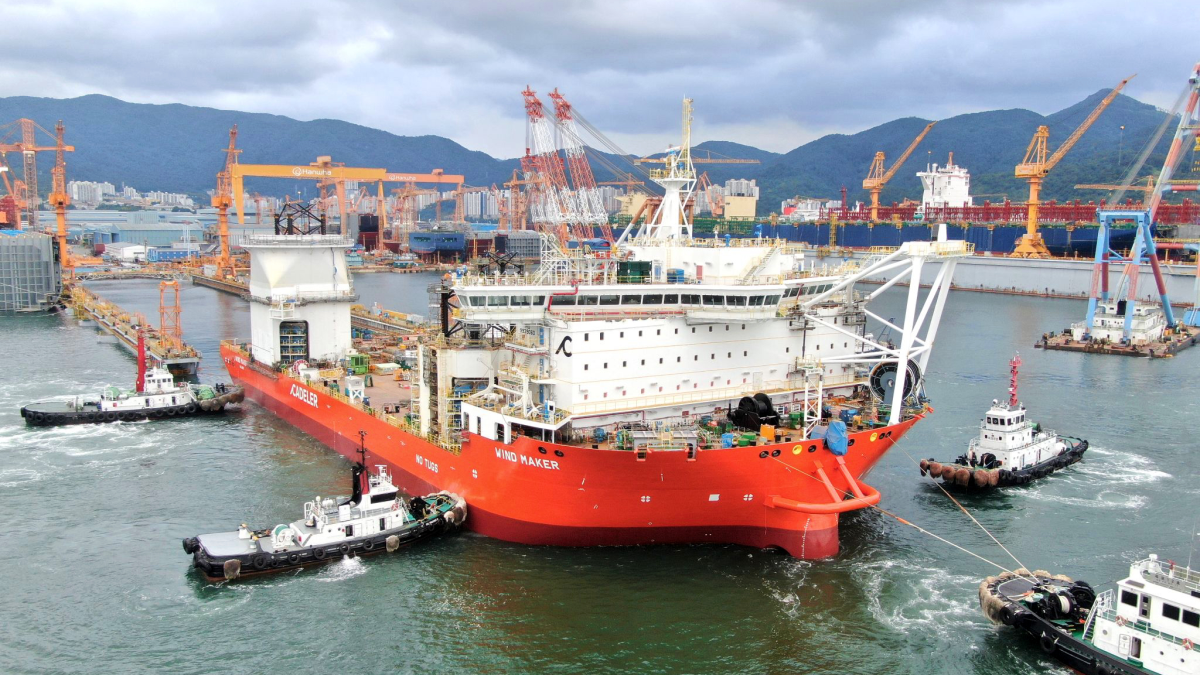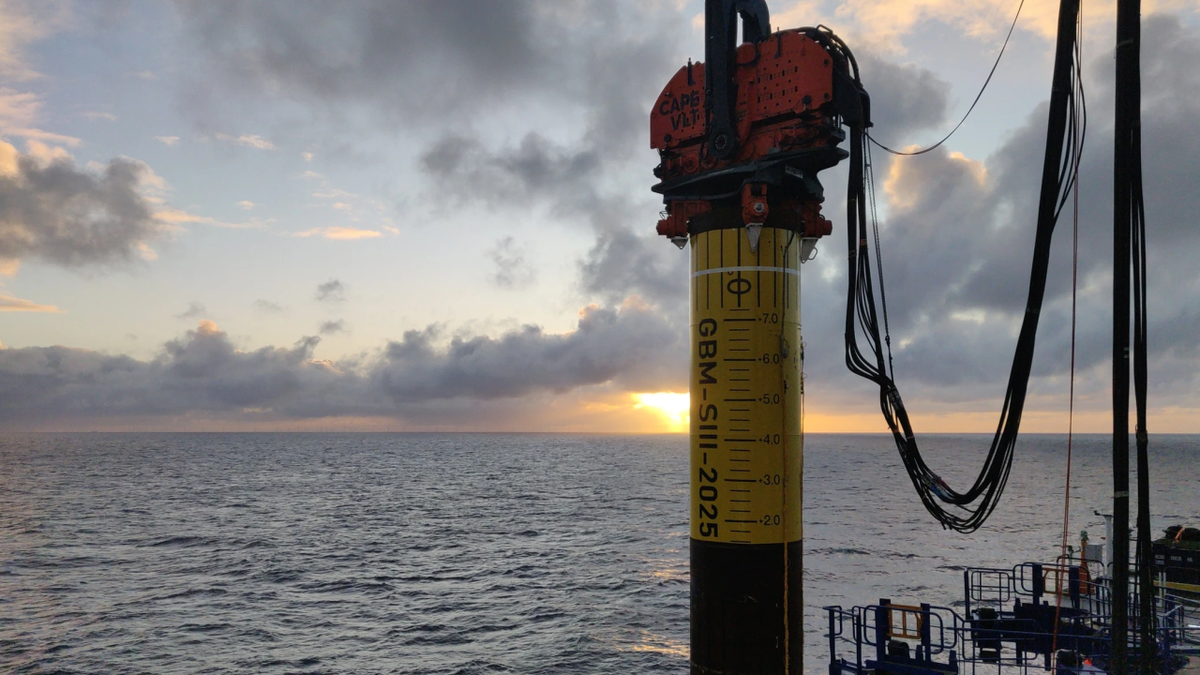Business Sectors
Events
Contents
Register to read more articles.
Anemoi: assessing chemical emissions from offshore windfarms
Researchers around Europe have come together to assess the possible impact of emissions from offshore windfarms and propose solutions, should they be required
Offshore wind is expected to play a huge role in the European Union’s (EU’s) energy transition. Member states have agreed ambitious goals for offshore renewable energy, with intermediate goals for 2030 and 2040 for each of the EU’s five sea basins. This means the number of offshore wind turbines in European waters will increase exponentially, all of which need to be protected with coatings and corrosion protection systems such as anodes, which produce chemical emissions. Once in operation, turbines can also shed particulate matter into the ocean.
In other industries, such as shipping, the use of protective coatings has been contentious. This does not imply coatings applied in offshore windfarms will have similar effects, only that it is important to understand potential effects.
The offshore wind industry has already taken steps to reduce some of its potential effects on the environment, for instance during construction and operation, and introduced measures to reduce the impact of underwater noise on marine mammals. Developers have also begun to design and implement projects that have a net positive impact on the environment, but for the time being, relatively little is known about the potential risk of chemical emissions from offshore windfarms. It is expected to be small, but as Flanders Research Institute for Agriculture, Fisheries and Food in Belgium’s research scientist Bavo De Witte tells OWJ, given how quickly the number of wind turbines and other structures is expected to grow, it is important to assess emissions from offshore wind and their potential impact on ecosystems and aquaculture, to avoid potential contamination of the marine environment, particularly from coatings and corrosion protection systems.
Dr De Witte is co-ordinator of the Anemoi project, which is funded by the EU through the Interreg programme, which aims to identify potential chemical emissions from offshore windfarms, assess their effect on ecosystems and aquaculture and propose solutions to reduce them, if necessary.
As Dr De Witte explains, the project has attracted interest and support from industry, policymakers and the public sector. “We expect there will be emissions from offshore windfarms, but their extent is not well understood and needs to be compared to emissions from other sources, such as shipping and the offshore oil and gas industry. It is doubtful if the emissions from windfarms will exert major environmental effects,” he tells OWJ, “but at the moment, there is too little data to fully assess risks to the marine environment.”
Dr De Witte says there is a need to better characterise the potential risk from chemical emissions and particulates from offshore windfarms using a smart, risk-based monitoring system. However, at this point, more data is needed to assess the full extent of each effect to the marine ecosystem.
Over the lifetime of a windfarm, Dr De Witte explains, there will be continuous emissions – from chemicals in paints and coatings, for instance – and ‘discontinuous’ emissions from occasional or one-off events. Anemoi will focus primarily on continuous emissions, and on organic and inorganic emissions and particulates, such as material shed from wind turbine blades when they are eroded.
Based on a literature search, the Anemoi team has identified more than 250 chemicals, mostly organic compounds, that may leach from windfarms. This includes leachates from coatings, particles from rotor blade abrasion, oils and other substances that have leaked from offshore structures. This list will form the basis for designing analytical targeted screening approaches to detect – and quantify when possible – the presence of contaminants and help identify unknown ones.
“Once we have identified the contaminants, we will look at their effects,” Dr De Witte explains, “that is, on individual compounds and mixture effects, to complete an overall assessment of risks. We have already begun sampling in and around offshore windfarms in the Belgian and German sectors of the North Sea and have begun to address how to monitor emissions on an ongoing basis.”
From the outset of the project, says Dr De Witte, it became clear techniques needed to be developed and implemented to be able to monitor concentrations of contaminants and assess their effects, for instance using lab-based experiments, linking the results of these to in-field effects. In the initial sampling campaigns, sediment was sampled using a box corer, seawater was collected using grab samples and particulates such as microplastics and paint flakes were sampled by pumping seawater through a series of filters. Samples were taken from several offshore windfarms, allowing the Anemoi team to assess different corrosion protection systems and different paints. Samples were taken 150 m and 300 m from the turbines in an area where sedimentation was expected.
Dr De Witte explains the participants in the Anemoi project also agree there is a need for harmonisation at an international level of regulations affecting emissions, to minimise national differences. He explains, even within EU countries, regulations vary widely. In Germany, for instance, the use of booster biocides is banned, but that is not the case in all countries.
Another issue the participants in the Anemoi project want to overcome is a lack of communication between the different actors in the value chain. “Currently, there are knowledge silos,” says Dr De Witte, “but clearer communication from regulators to industry about what might lie ahead in terms of regulation would be beneficial, as would creating a space for a wide range of actors to discuss common issues.”
The Anemoi project will continue through 2027. If emissions are found that are harmful to the environment, reduction at the source would be the preferred solution. “We should work to avoid chemicals that are risky, but if this is not feasible, we should work to minimise the use of these chemicals and monitor them,” says Dr De Witte.
Make your plans now to attend Offshore Wind Journal Conference 2024 in London 6 February 2024, click here to purchase tickets and attend this industry-leading event
Related to this Story
Events
Offshore Support Journal Conference, Americas 2025
LNG Shipping & Terminals Conference 2025
Vessel Optimisation Webinar Week
© 2024 Riviera Maritime Media Ltd.


